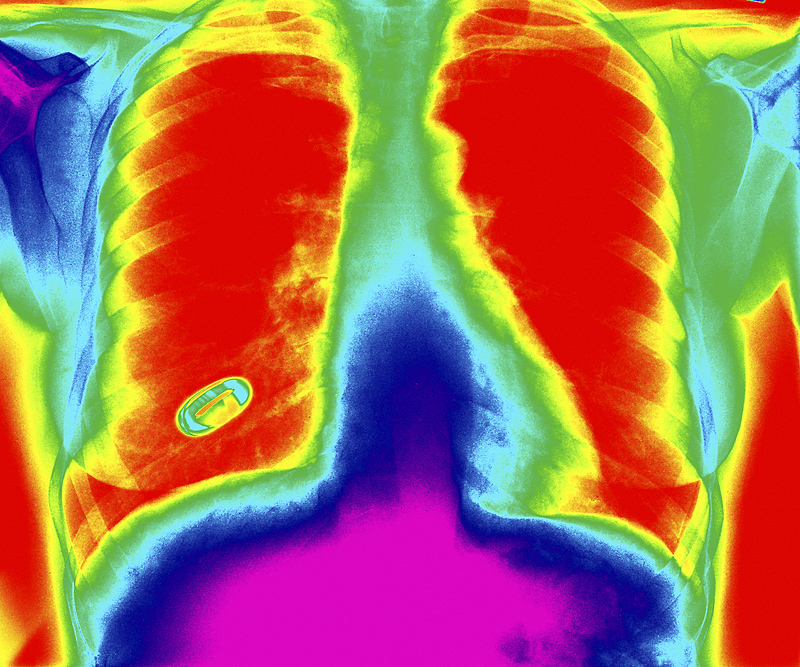
THURSDAY, Oct. 6 (HealthDay News) — Technology that directly oxygenates the blood reduced the risk of death in patients who were severely sickened by the H1N1 flu virus, a new British study shows.
The researchers cautioned that their study had limitations, and they noted that debate continues about the use of the technology, which is expensive.
At issue is a treatment called extracorporeal membrane oxygenation, which oxygenates the blood. It’s used to treat people with severe respiratory conditions that prevent their lungs from getting enough oxygen to the blood on their own.
The researchers looked at patients who developed severe respiratory problems due to the H1N1 virus, also known as swine flu, in the United Kingdom during the winter of 2009-2010.
The study was published online Oct. 5 in the Journal of the American Medical Association and presented at the European Society of Intensive Care Medicine meeting in Berlin.
While some have said fears about the flu epidemic were exaggerated, certain people who got infected became very ill, said Dr. Marc Siegel, an internist and clinical associate professor at New York University Langone Medical Center in New York City.
Sixty-nine patients received the oxygenation treatment, and 22 died.
The researchers compared those who got the treatment to similar patients who didn’t. Those who received the treatment were roughly half as likely to die as those who didn’t.
The study authors acknowledged in a journal news release that factors other than the treatment might explain why patients who got it did so much better.
“The unanswered question here: Who is it worth it for? Who’s it useful for?” said Siegel. He believes the treatment could be appropriate for high-risk patients such as those with compromised immune systems and other health problems.
More information
For more about the H1N1 flu virus, visit the U.S. National Library of Medicine.

